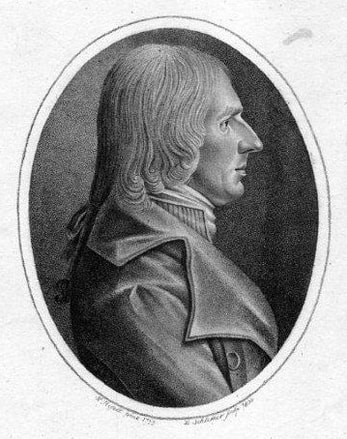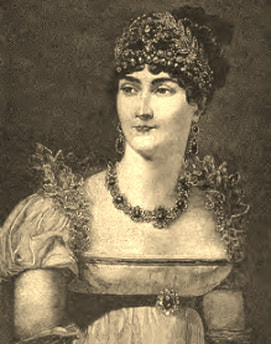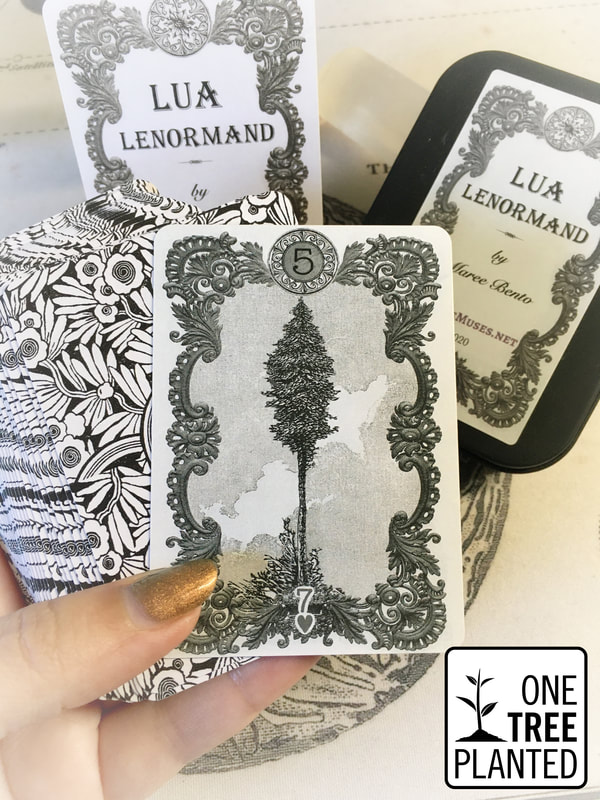|
A fellow card reader, Judy Kerr, posted this video in our study group and I just had to post it here too. You will see her old pack of Dondorf Lenormand cards are so well loved that some of the cards are taped together to keep from falling apart. The well-worn deck appears to have been passed down to her? This woman is beautiful, and I love her rings!
1 Comment
A "show and tell" of the recent Lauren Forestell & Le Fanu Lenormand collaboration.
http://gameofhopelenormand.bigcartel.com/ Here's Le Fanu's wonderful blogpost about the cards: http://mycuriouscabinet.wordpress.com/2014/02/16/the-destroyed-dondorf/ I just received my copy of the Flonz Victorian Lenormand by Katherine Andrews and instead of just opening it on sight, I had to unwrap it on video. :) There's a bit of an impromptu review too.
This is a very special deck. What makes it unique is the stamped Lenormand images. What makes it remarkable is that the stamp images were hand drawn by Katherine herself. Flonz is the stamp-maker and as you will see his work is precise.  Johann K. Hechtel (1771–1799) Johann K. Hechtel (1771–1799) The petit Lenormand as we know it today was based on an earlier card game called the Game of Hope that was created in Germany by Johann Kaspar Hechtel in 1799. He was a German businessman and designer of parlor games including the prototype for the Petit Lenormand. Click picture at left to take you to the Wikipedia page. Instead of one playing card insert, this deck had two at the top, one of a French style, the other German, that accommodated various styles of play. The familiar Lenormand images we see today were the primary pictures. This pack was easily carried by travelers or soldiers that could create a spur-of-the-moment board game by laying out the cards 1-36 in six rows. Dice & tokens were used to move from one card to another. Interestingly, the directions that came with the deck also included instructions for a fortune telling game that could be laid out in the same way as the traditional Grand Tableau spread. I found a book that describes in two chapters Josephine Beauharnais' first visit with Marie Lenormand: The Romance of Alexandre Dumas from the D'artagnan Edition, Little Brown and Co., 1894. The Les Blancs et Les Bleus (The Whites and the Blues) Volume 2, written by Alexandre Dumas in 1867-1868; Chapter 28, The Sibyl and Chapter 29, Fortune-Telling.
The chapters recount the social call that Josephine and her Spanish companion, Therese Cabarus (Madame Tallien, the daughter of a famous Spanish banker), make to the famous sibyl of Paris, Mademoiselle Marie Anne Lenormand. The first excerpt below is from Chapter 28, The Sibyl, pages 28-31: |
|


 RSS Feed
RSS Feed

